How to Make Vegan Cheese: Recipes and Techniques for Dairy-Free Cheese Alternatives
If you are a vegan or lactose intolerant, you may be missing out on the delicious cheesy flavors of traditional dairy cheese. Fortunately, there are many dairy-free cheese alternatives that you can make at home using plant-based ingredients. Not only are these vegan cheeses healthier and more sustainable, but they can also be customized to suit your taste preferences.
Why Make Your Own Vegan Cheese?
Many store-bought vegan cheeses can be expensive and may contain additives and preservatives. Making your own vegan cheese allows you to control the quality of the ingredients and customize the flavor and texture to your liking. Plus, it can be a fun and rewarding culinary experiment!
Types of Vegan Cheese
There are many different types of vegan cheese, including nut-based cheeses, soy-based cheeses, and even vegetable-based cheeses. Each type has its own unique flavor and texture, and can be used in a variety of recipes, from pizza to mac and cheese.
Nut-Based Cheeses
Nut-based cheeses are made from nuts such as cashews, almonds, and macadamias. These cheeses have a creamy texture and can be flavored with herbs, spices, or nutritional yeast.
Soy-Based Cheeses
Soy-based cheeses are made from soy milk or tofu and can be used in a variety of recipes, from grilled cheese sandwiches to lasagna. They can be flavored with herbs, spices, or miso paste.
Vegetable-Based Cheeses
Vegetable-based cheeses are made from vegetables such as cauliflower, carrots, or sweet potatoes. These cheeses are low in fat and can be flavored with nutritional yeast or herbs.
In this article, we will explore different vegan cheese recipes and techniques for making delicious dairy-free cheese alternatives at home.
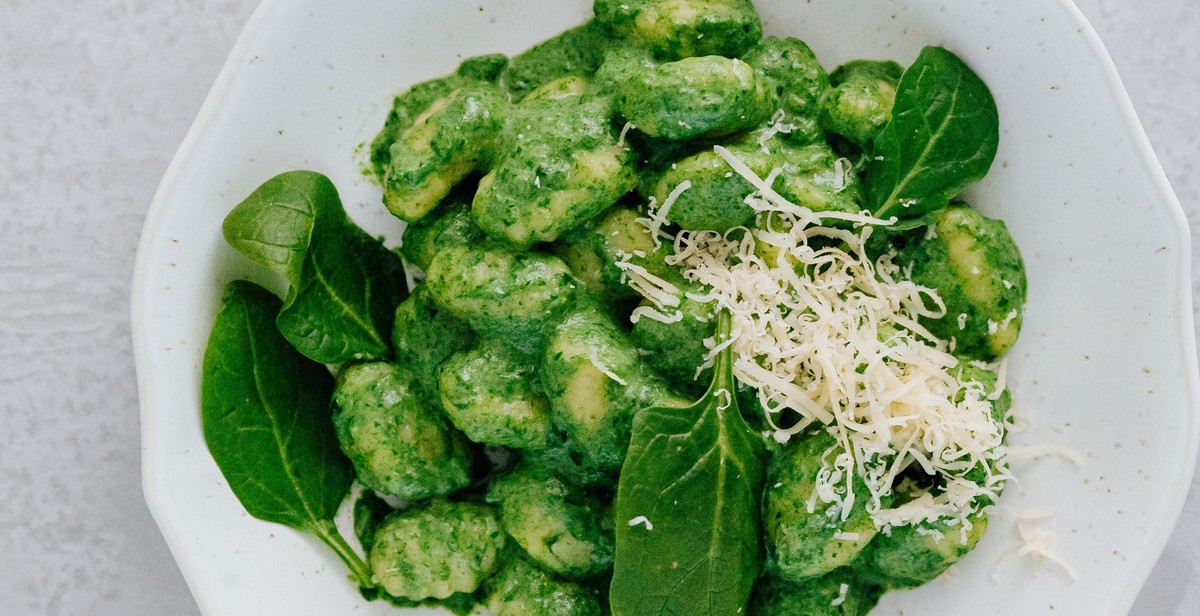
Why Make Vegan Cheese?
Vegan cheese is a great alternative for those who are lactose intolerant, vegan, or simply looking to reduce their dairy intake. It is made from plant-based ingredients and is a healthier option compared to traditional dairy cheese. Here are some reasons why you should consider making vegan cheese:
Health Benefits
Vegan cheese is a healthier option compared to traditional dairy cheese. It is cholesterol-free and contains less saturated fat. It is also a good source of protein and fiber, which are essential for maintaining a healthy diet. Additionally, vegan cheese is rich in vitamins and minerals such as vitamin B12, calcium, and iron.
- Vegan cheese is cholesterol-free
- Contains less saturated fat
- Good source of protein and fiber
- Rich in vitamins and minerals such as vitamin B12, calcium, and iron
Environmental Impact
The production of traditional dairy cheese has a significant impact on the environment. It requires a large amount of water, land, and energy to produce and transport. The dairy industry is also responsible for greenhouse gas emissions, water pollution, and deforestation. By making vegan cheese, you are reducing your carbon footprint and contributing to a more sustainable future.
- Vegan cheese production requires less water, land, and energy
- Reduces greenhouse gas emissions
- Reduces water pollution
- Contributes to a more sustainable future
Conclusion
Making your own vegan cheese not only allows you to enjoy a delicious and healthy alternative to traditional dairy cheese, but also helps reduce your carbon footprint and contribute to a more sustainable future. With a variety of recipes and techniques available, making vegan cheese has never been easier.
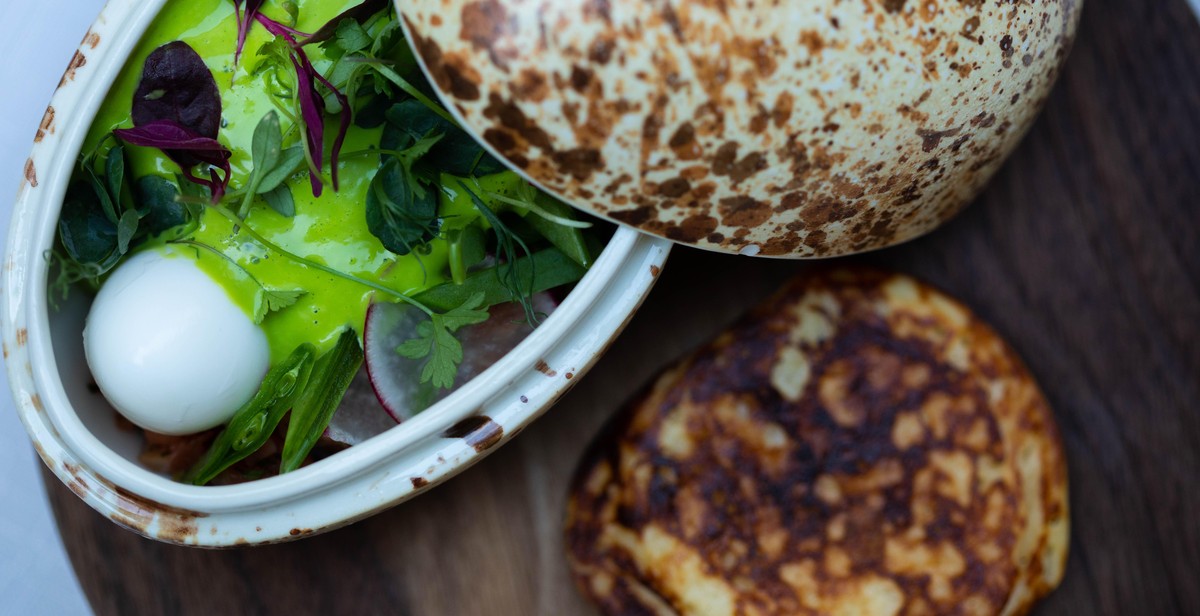
Ingredients for Vegan Cheese
Making vegan cheese is a fun and creative way to enjoy a dairy-free alternative to traditional cheese. Here are the three main categories of ingredients you will need:
Base Ingredients
The base ingredients for vegan cheese include nuts, seeds, and plant-based milks. These ingredients are used to create the creamy texture and flavor of cheese. Here are some popular base ingredients:
- Raw cashews
- Almonds
- Macadamia nuts
- Tofu
- Coconut milk
- Soy milk
- Oat milk
These ingredients can be blended together with other flavorings and additives to create a variety of vegan cheese recipes.
Flavorings
Flavorings are added to vegan cheese to give it a unique taste. Here are some popular flavorings:
- Nutritional yeast
- Miso paste
- Lemon juice
- Garlic
- Onion powder
- Smoked paprika
- Herbs (such as rosemary, thyme, and basil)
These flavorings can be added to the base ingredients and blended together to create a delicious vegan cheese.
Additives
Additives are used to enhance the texture and flavor of vegan cheese. Here are some popular additives:
- Agar agar (a seaweed-based gelatin substitute)
- Tapioca starch
- Xanthan gum
- Carrageenan (a seaweed-based thickener)
- Coconut oil
- Miso paste
- Nut butters (such as almond butter or cashew butter)
These additives can be added to the base ingredients and blended together to create a variety of vegan cheese textures and flavors.
| Base Ingredients | Flavorings | Additives |
|---|---|---|
| Raw cashews | Nutritional yeast | Agar agar |
| Almonds | Miso paste | Tapioca starch |
| Macadamia nuts | Lemon juice | Xanthan gum |
| Tofu | Garlic | Carrageenan |
| Coconut milk | Onion powder | Coconut oil |
| Soy milk | Smoked paprika | Miso paste |
| Oat milk | Herbs | Nut butters |
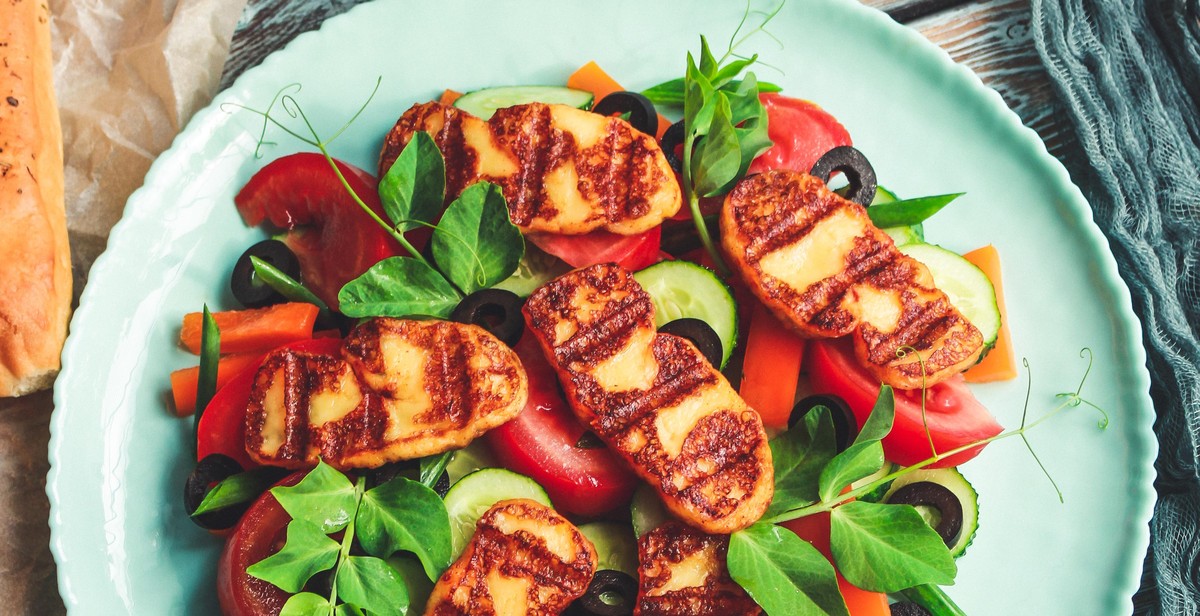
Techniques for Making Vegan Cheese
Making vegan cheese can be a fun and creative process that involves a variety of techniques. Here are some popular techniques that can be used to make delicious and dairy-free cheese alternatives:
Fermenting
Fermenting is a popular technique used to make vegan cheese. This process involves allowing the cheese to sit at room temperature for a period of time, allowing the natural bacteria to break down the ingredients and create a tangy, cheesy flavor. Some popular ingredients used for fermenting vegan cheese include nuts, seeds, and soybeans.
One popular fermented vegan cheese is cashew cheese. To make cashew cheese, soak raw cashews in water for several hours, then blend them with probiotics and salt. Allow the mixture to ferment for a few days, then refrigerate until ready to use. The result is a tangy and creamy cheese alternative that can be used in a variety of dishes.
Blending
Blending is another popular technique used to make vegan cheese. This process involves blending ingredients together until they form a smooth and creamy texture. Some popular ingredients used for blending vegan cheese include tofu, nutritional yeast, and plant-based milks.
One popular blended vegan cheese is nutritional yeast cheese. To make nutritional yeast cheese, blend nutritional yeast, tofu, garlic, and lemon juice in a food processor until smooth. Add salt and pepper to taste, and blend again. The result is a cheesy and flavorful spread that can be used on crackers, sandwiches, and more.
Cooking
Cooking is another popular technique used to make vegan cheese. This process involves heating ingredients together until they form a melted and gooey texture. Some popular ingredients used for cooking vegan cheese include potatoes, carrots, and tapioca starch.
One popular cooked vegan cheese is potato cheese. To make potato cheese, boil peeled and diced potatoes and carrots until soft. Drain the water and blend the vegetables with nutritional yeast, garlic powder, and tapioca starch. Cook the mixture over low heat until it forms a melted and gooey texture. The result is a delicious and stretchy cheese alternative that can be used in a variety of dishes.
Overall, there are many techniques that can be used to make delicious and dairy-free cheese alternatives. Whether you prefer fermenting, blending, or cooking, there is a vegan cheese recipe out there that is perfect for you.
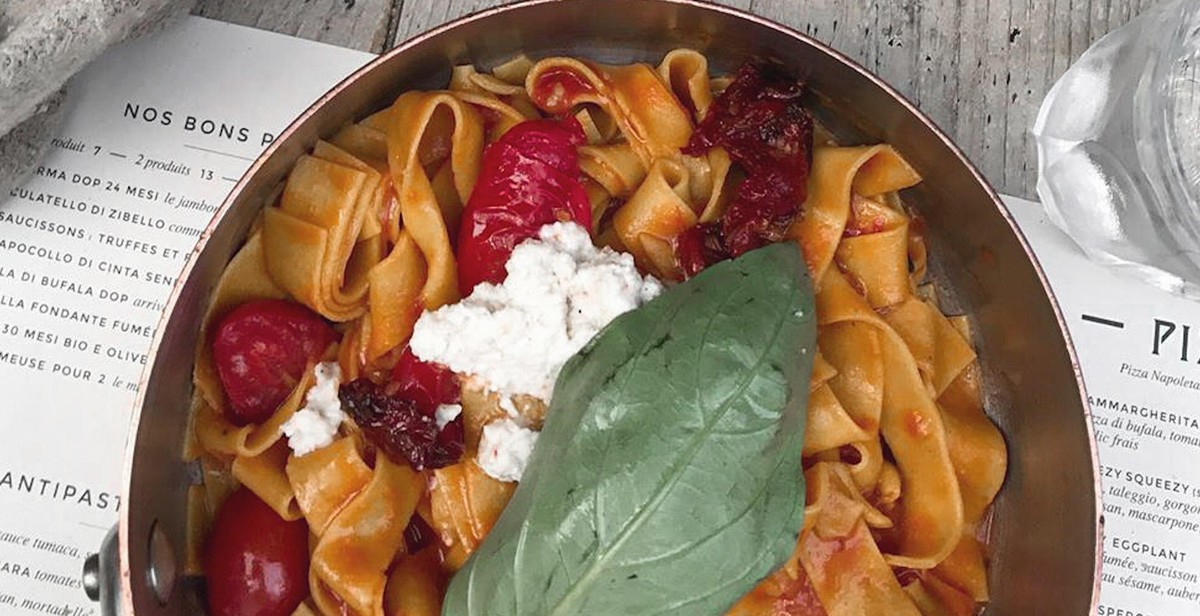
Recipes for Vegan Cheese
Cashew Cheese
Cashew cheese is a great dairy-free alternative to traditional cheese, and it’s easy to make at home. Here’s a simple recipe:
- 1 cup raw cashews, soaked overnight
- 1/4 cup nutritional yeast
- 1/4 cup water
- 2 tablespoons lemon juice
- 1 teaspoon garlic powder
- 1/2 teaspoon salt
Drain the soaked cashews and add them to a high-speed blender or food processor. Add the nutritional yeast, water, lemon juice, garlic powder, and salt. Blend until smooth and creamy, scraping down the sides as needed.
Transfer the mixture to a container and refrigerate for at least an hour to allow it to firm up. Enjoy on crackers, sandwiches, or as a dip!
Almond Feta
If you’re looking for a vegan cheese with a tangy, salty flavor, almond feta is a great option. Here’s how to make it:
- 1 cup blanched almonds, soaked overnight
- 1/4 cup water
- 2 tablespoons lemon juice
- 1 clove garlic, minced
- 1/2 teaspoon salt
Drain the soaked almonds and add them to a high-speed blender or food processor. Add the water, lemon juice, garlic, and salt. Blend until smooth and creamy, scraping down the sides as needed.
Transfer the mixture to a container lined with cheesecloth or a nut milk bag. Fold the edges of the cloth over the cheese and place a weight on top to press out any excess liquid. Refrigerate for at least 24 hours to allow the cheese to firm up.
Coconut Cream Cheese
Coconut cream cheese is a rich and creamy vegan cheese that’s perfect for spreading on bagels or toast. Here’s how to make it:
- 1 can full-fat coconut milk
- 2 tablespoons lemon juice
- 1/4 teaspoon salt
Refrigerate the can of coconut milk overnight. The next day, open the can and scoop out the solid coconut cream that has risen to the top. Add the coconut cream to a bowl and whisk in the lemon juice and salt until smooth.
Transfer the mixture to a container and refrigerate for at least an hour to allow it to firm up. Enjoy on bagels, toast, or as a dip!
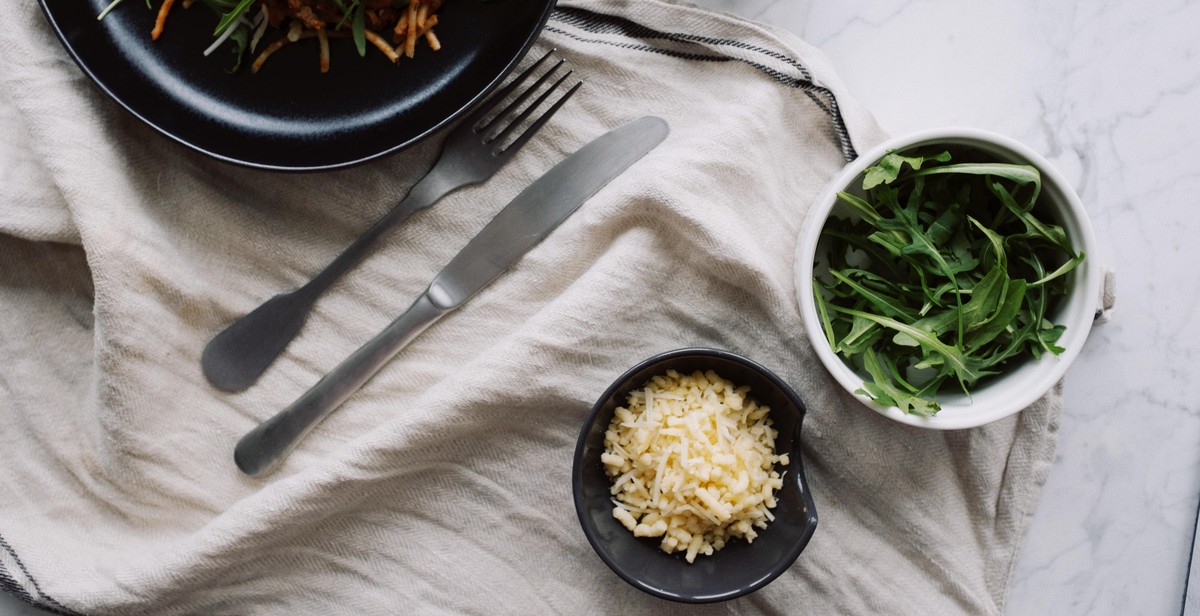
Conclusion
As a vegan and cheese lover, I have spent years experimenting with different techniques and recipes for making dairy-free cheese alternatives. And I can confidently say that with the right ingredients, tools, and techniques, it is possible to make delicious vegan cheeses that rival their dairy-based counterparts.
Tips for Making Vegan Cheese
- Invest in a good quality blender or food processor to ensure a smooth and creamy texture.
- Experiment with different types of nuts, seeds, and plant-based milks to find the perfect combination for your taste buds.
- Be patient and don’t be afraid to make mistakes. Making vegan cheese takes practice and persistence.
- Store your homemade vegan cheese in an airtight container in the fridge for up to a week.
Final Thoughts
Whether you’re a vegan or simply looking to reduce your dairy intake, making your own vegan cheese is a fun and rewarding process. With the recipes and techniques outlined in this article, you can create a variety of dairy-free cheese alternatives that are not only delicious but also healthy and sustainable.
| Recipe | Time | Servings |
|---|---|---|
| Almond Feta Cheese | 20 minutes + 8 hours of soaking | 8 servings |
| Cashew Mozzarella Cheese | 10 minutes + 2 hours of soaking | 4 servings |
| Chickpea Flour Parmesan Cheese | 10 minutes | 16 servings |
So why not give it a try? Your taste buds (and the planet) will thank you.
